Affiliate links on Android Authority may earn us a commission. Learn more.
GPS, GLONASS, and BeiDou: How do they work in wearables?
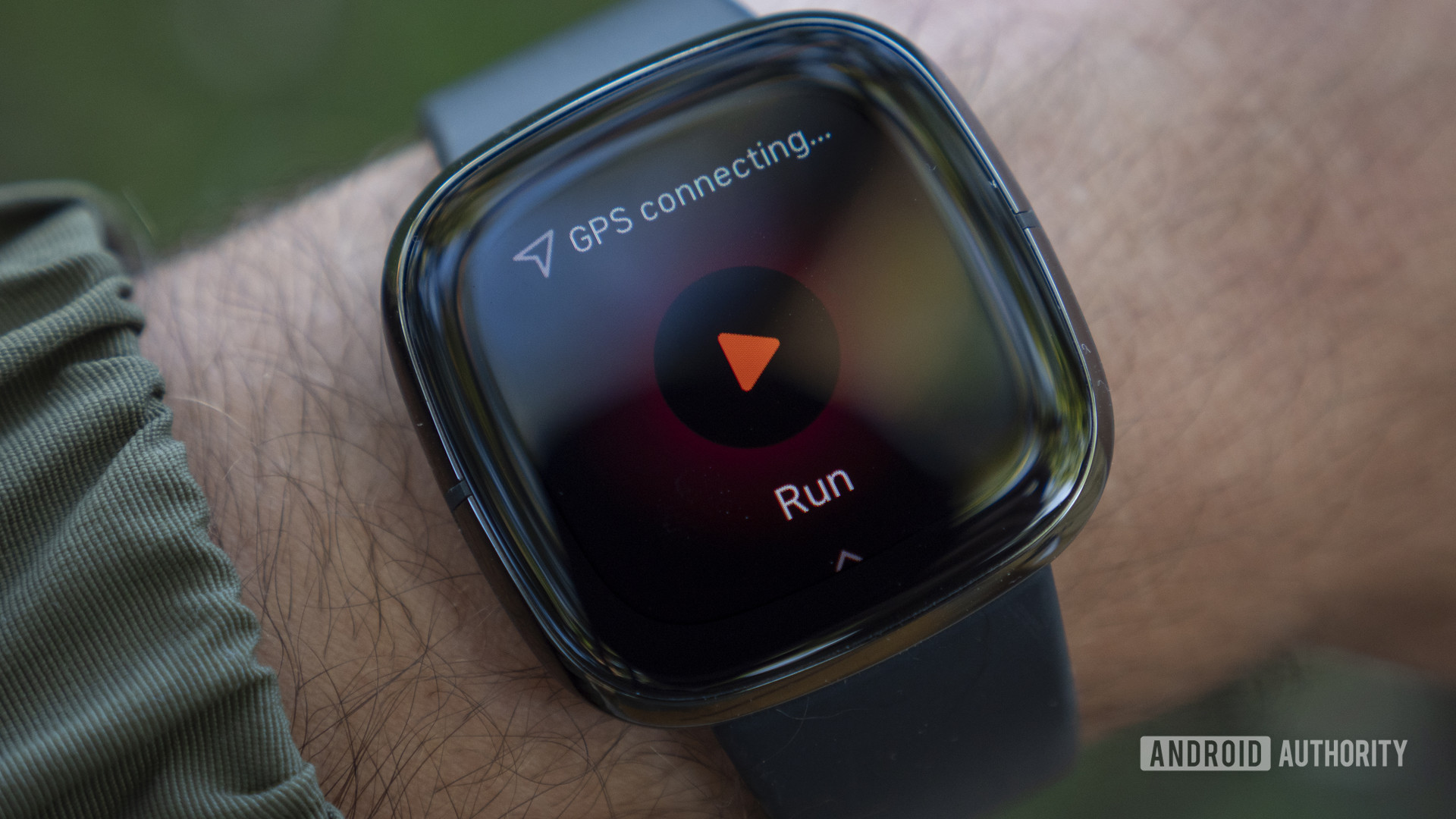
GPS is a fact of life for most of us these days. For many, the idea of getting somewhere new without GPS is anxiety-inducing! But do you really know how GPS works? And how is it different from Glonass? What the heck is a BeiDou? And how does this affect your GPS-enabled wearable? By understanding these terms a little better, we can make smarter choices when buying tech while also ensuring said tech keeps running smoothly. Read on, and all shall be explained.
What is GPS, and how does it work?
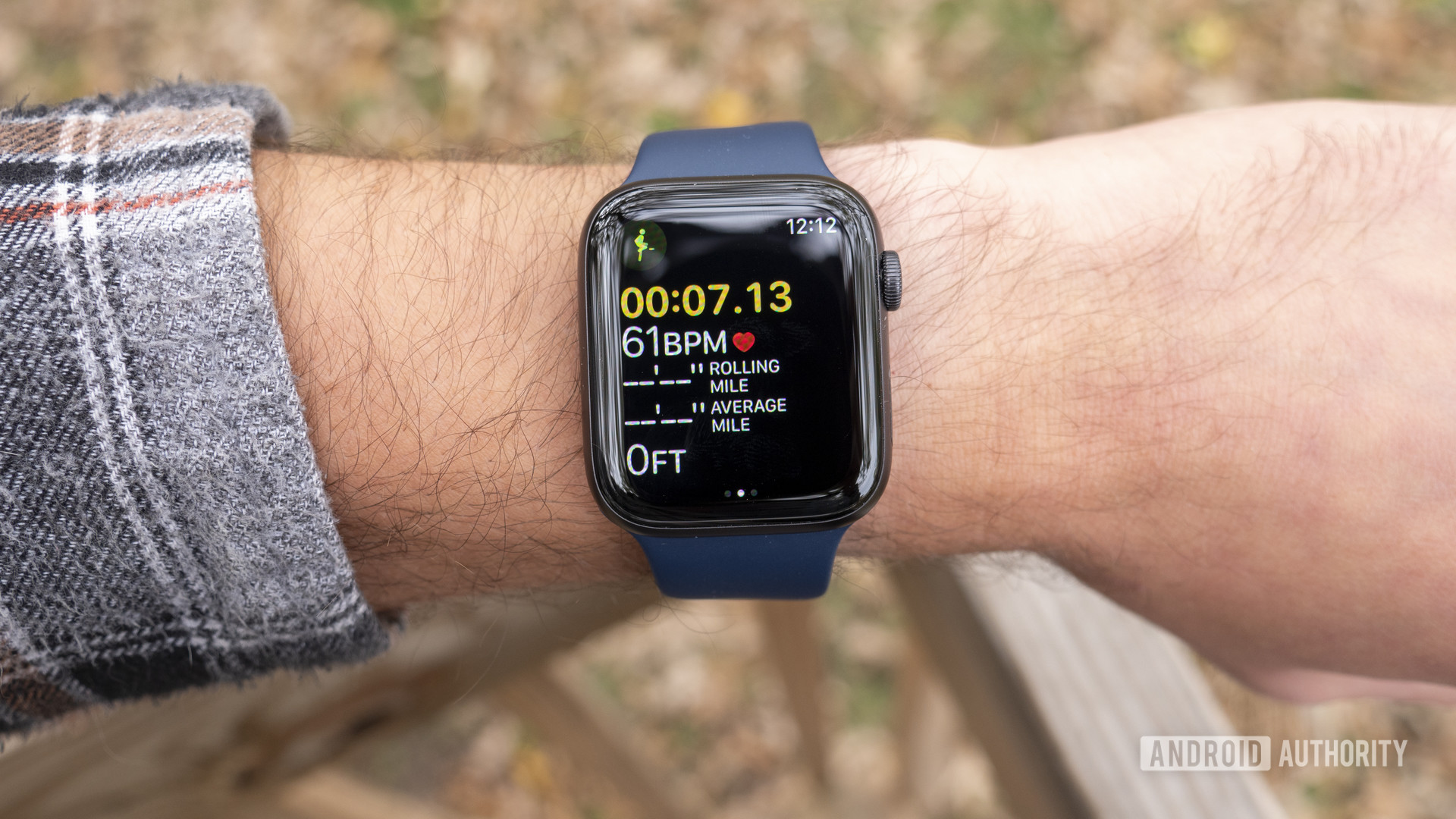
GPS stands for Global Positioning System. This is the most widely used commercial solution for navigation and is found in the vast majority of fitness wearables, phones, SatNavs, and more.
The GPS project was launched in the United States in 1973 in a bid to improve on the perceived limits of its predecessors (such as LORAN and Decca Navigator System). Developed by the US Department of Defense, the system originally comprised 24 satellites and was intended for use by the United States military. The system became fully operational in 1995 but was already being used for civilian applications during the 1980s.
GPS works via a network of (now) 34 satellites in orbit around the Earth. Each time your fitness tracker needs to know your location, an in-built receiver will begin listening out for radio signals sent by the satellites. These signals include synchronized time and orbital data, too.
Your running watch knows exactly how far away you are from at least four separate satellites at any given time.
Because the signal always travels at the exact same speed, the time this takes is a precise indicator of the distance traveled. Tracking stations, meanwhile, use radio to determine the orbits of the GPS satellites. A command center will transmit orbital data, time corrections, and more. Amazing to think that all this is going on every time you go for a run!
To get a lock on the precise location, GPS requires data from four or more separate satellites. This allows the location to be triangulated within an acceptable margin of error. In short, your smartwatch knows exactly how far away you are from at least four separate satellites at any given time. It can use this information to pinpoint your exact location (or thereabouts).
See also: The best GPS running watches
Accuracy and limitations of GPS for running
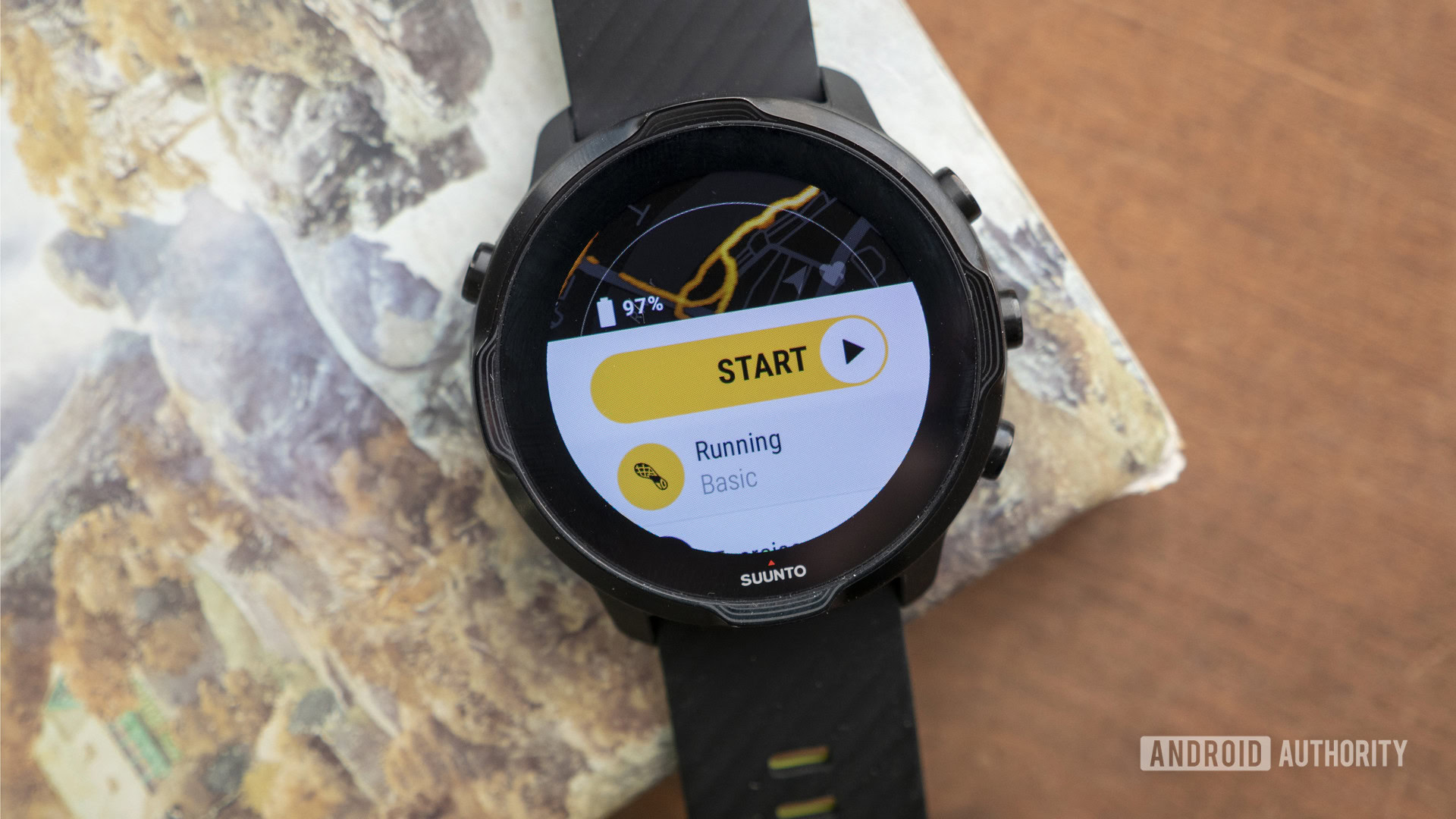
GPS can provide a location within 7.8 meters and a 95% confidence interval. This is referred to as the user range error (URE). This shortcoming is why the readout from your run often has you on the wrong side of the road or veering into fields. This is also why it’s impossible to use GPS to navigate small spaces like buildings.
GPS can provide a location within 7.8 meters and a 95% confidence interval.
Running watches are further limited by how often they ping your location. A typical watch might check where you are once every five seconds. It will then plot the route between those points to give a rough “GPS track.”
The problem is that your watch doesn’t know what you did between those two points. The assumption is that you ran in a straight line, but if you took a detour around a tree, that’s going to be missing from your final readout. This is called an interpolation error, and it gets worse the faster, and more erratically you go.
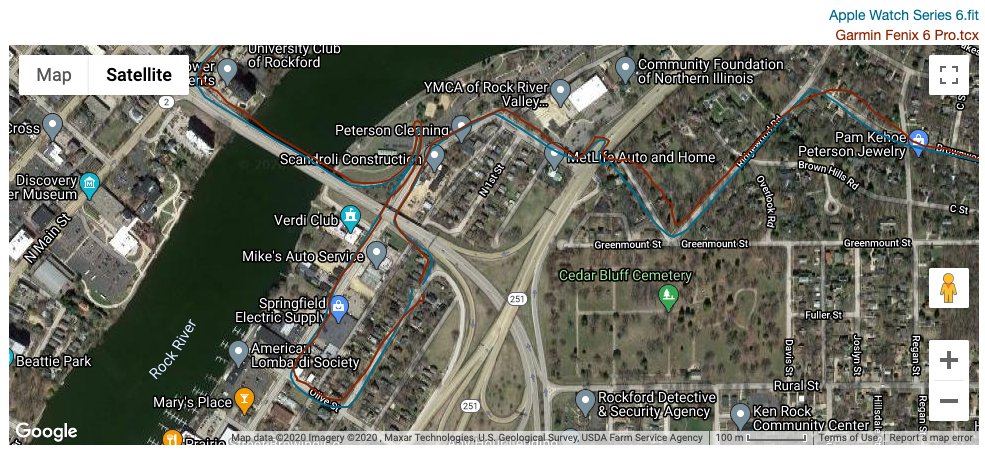
Meanwhile, the small inaccuracies in estimated position can also add up over a long duration, giving you a “measurement error.” On average, GPS tends to overestimate, rather than underestimate, the distance an individual covers.
That GPS receiver uses a fair amount of power, too, which is why most running watches will only activate GPS once you start a run. Some watches will further attempt to reduce this power drain by letting users reduce the number of checks per minute. The Polar Grit X, for example, uses this strategy to offer 100 hours of continuous GPS tracking on a single charge. Of course, this will also reduce accuracy, so be careful when enabling such features.
Fitness trackers must walk a fine line between offering longevity and accuracy.
How GPS works with other sensors for greater accuracy
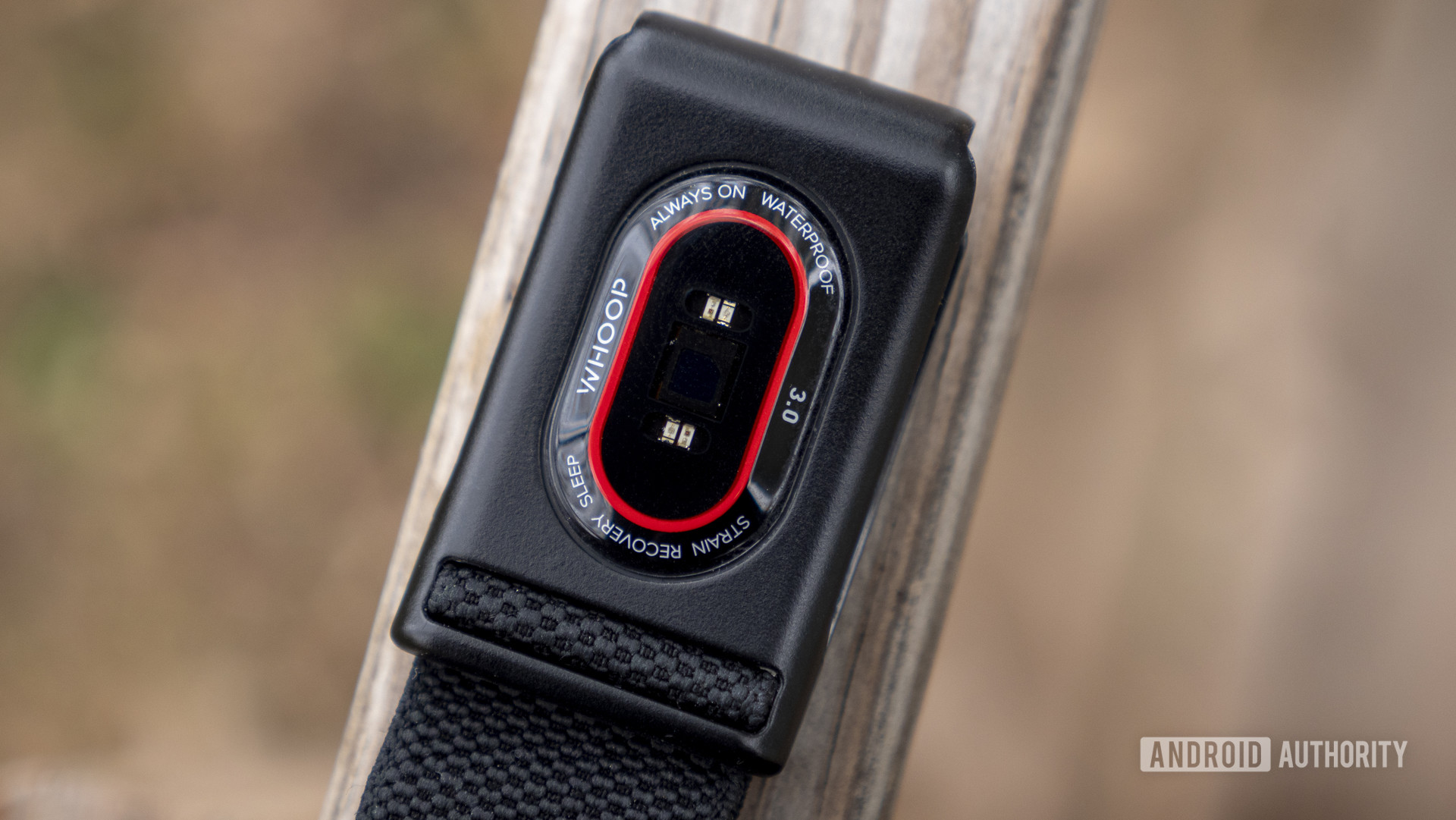
Fortunately, there are some strategies that running watches use to mitigate these limitations. For example, GPS data is not used in isolation but plotted on a map, such as Google Maps. This can provide additional information that better informs the likely route taken by the user.
Route data is further combined with information from other sensors. For example, topographical information might be combined with readings from a barometric altimeter to provide elevation information.
A step counter can be combined with the GPS data to offer a rough speed, pace, and stride length. For example, if you have taken an unusually high number of steps between point A and point B, the algorithms in a watch might assume you took a slightly more roundabout route. At the very least, the calorie estimate should be fairly accurate despite any GPS shortcomings.
See also: What is heart rate variability, and why does it matter?
Keep in mind, too, that a consistent measurement is often more important than an accurate one. In other words, if you wear your running watch to improve your fitness, your main focus should be on seeing the numbers improve. As long as the readouts are consistent enough to show this improvement, your training will still be effective.
There are some options for improving GPS accuracy outside of a commercial setting with dual-frequency receives and other augmentations. Such methods are used by the military, for example, and can improve accuracy down to a few centimeters. While dual-frequency GPS is available for commercial use, its size and practicality limit its usability. You certainly wouldn’t want to wear a device like this on your wrist.
GLONASS explained
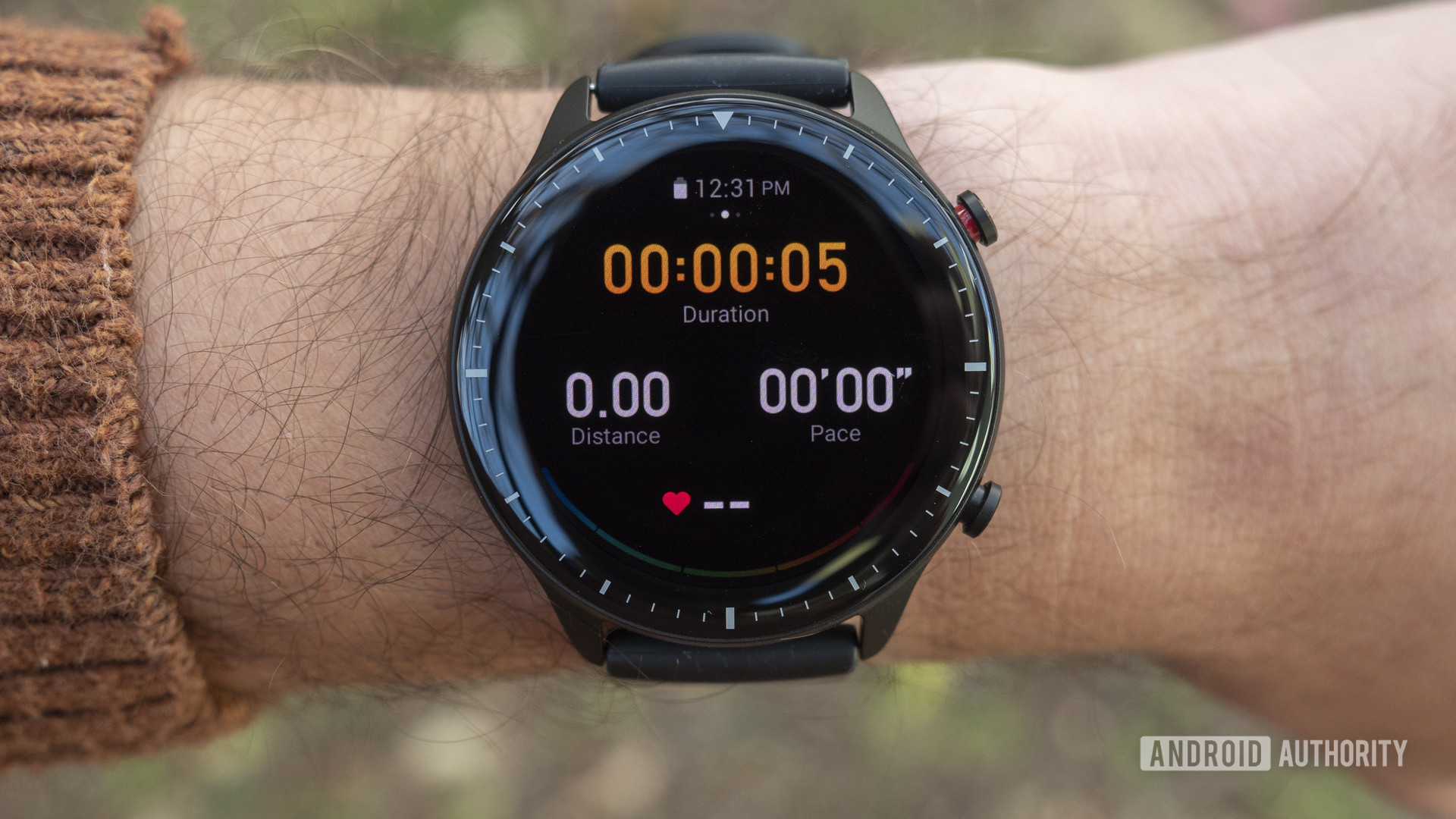
When buying a running watch, you may find that some offerings advertise GLONASS in addition to GPS. GLONASS offers slightly better performance and serves as a useful backup in case GPS is not available.
GLONASS stands for Global Navigation Satellite System and is slightly more precise with roughly 4.5-7.4-meter accuracy.
GLONASS achieves greater accuracy due to the positioning of the 24+ GLONASS satellites, which are designed for greater coverage at high altitudes. This advantage stems from the origin of GLONASS, which was developed to work in Russia with its more rocky terrain. Owned by the Russian Federation, GLONASS actually stands for Globalnaya Navigazionnaya Sputnikovaya Sistema. So, now you know.
Galileo is another global GNSS that is owned by the European Union. There are now 30 satellites (24 of which are usable) since Galileo Initial Services began in 2016.
Beidou and other navigation systems
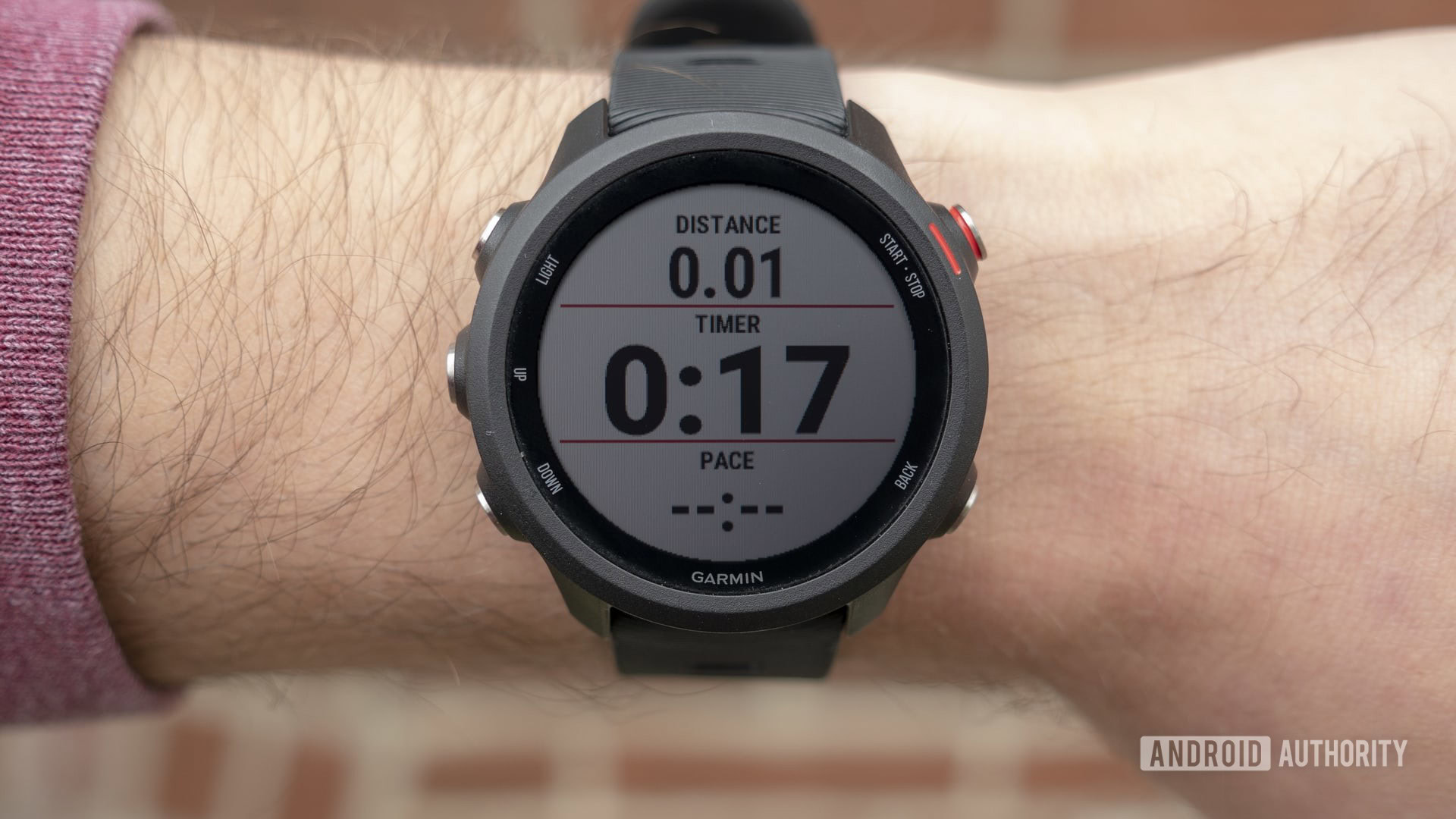
BeiDou Navigation Satellite System, or BDS, is another alternative satellite navigation system owned by the People’s Republic of China. Previously known as Compass, Beidou has 35 satellites and began offering global services in 1918.
Another regional option is India’s Indian Regional Navigation Satellite System (IRNSS), with eight satellites. Quasi-Zenith Satellite System (QZSS) is a regional GNSS owned by the Japanese government. QZSS is a four-satellite constellation with three satellites visible at all times.
It is possible to find running watches that support these alternative systems, but often they are only available in the respective counties. More common are devices that support two or more global networks. For example, most Garmin running watches support GPS, GLONASS, and Galileo.
Related: The best Garmin running watches you can buy
GPS, GLONASS, and BeiDou are amazing technologies that make life much easier for runners. But remember: they’re also imperfect forms of measurement. The best way to know if you’ve really had a good workout is always to check in with your own body!